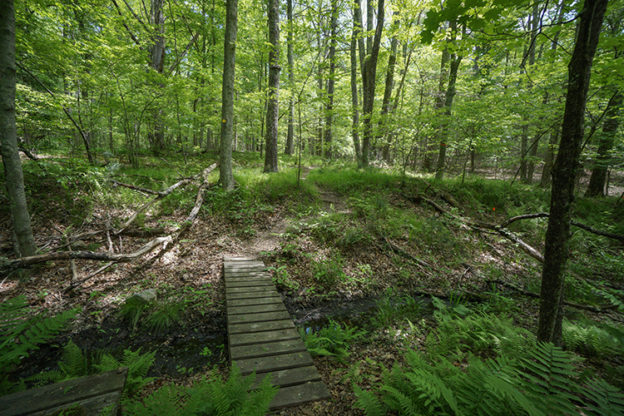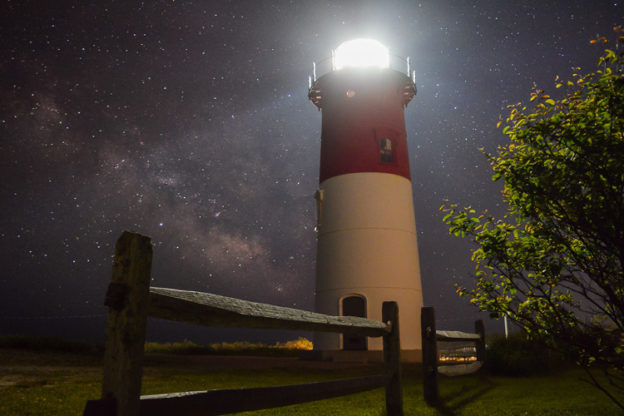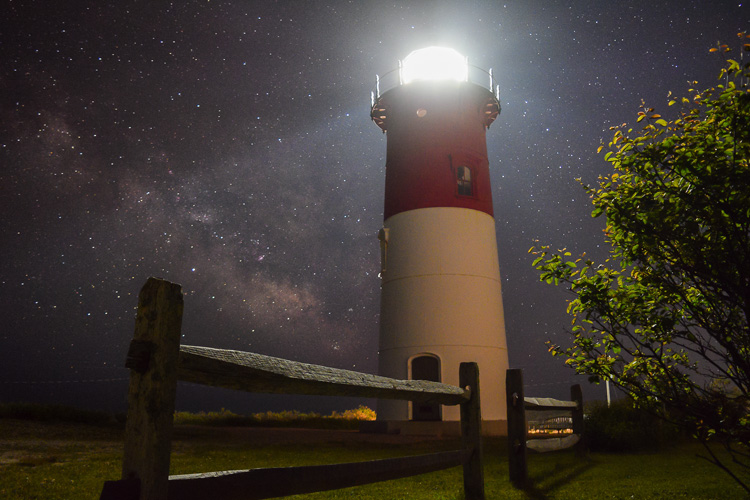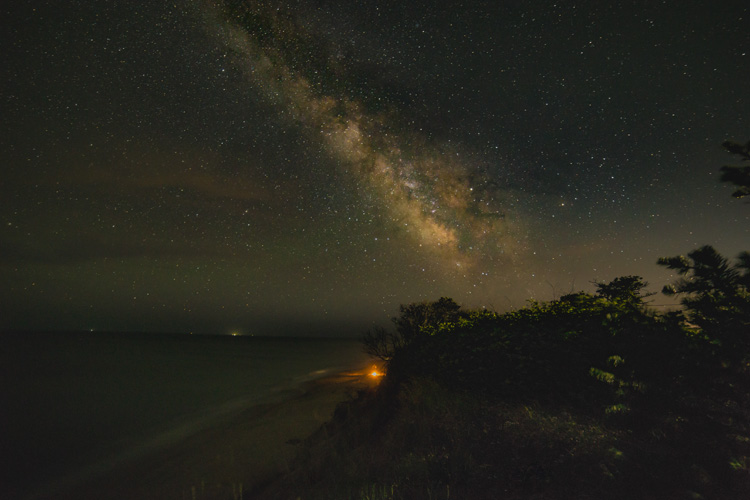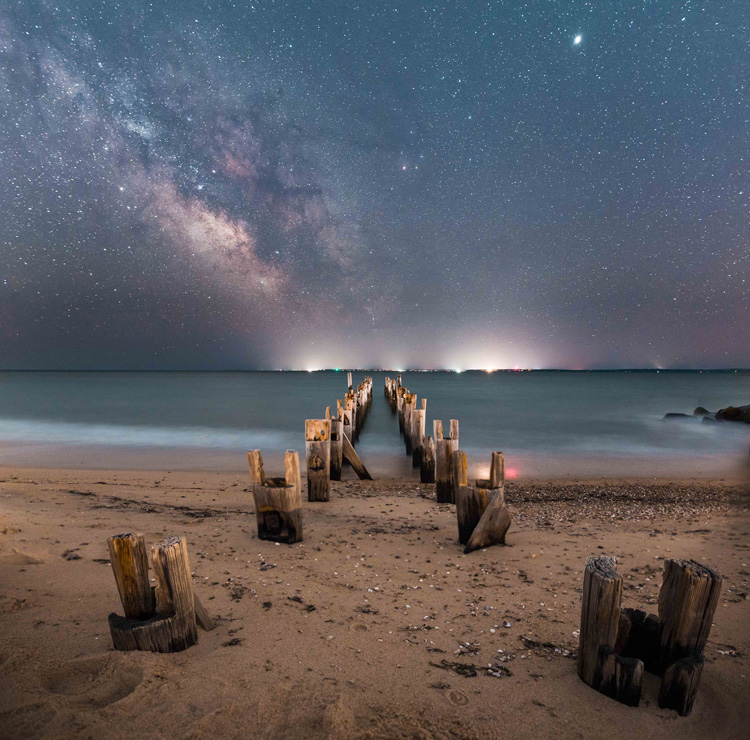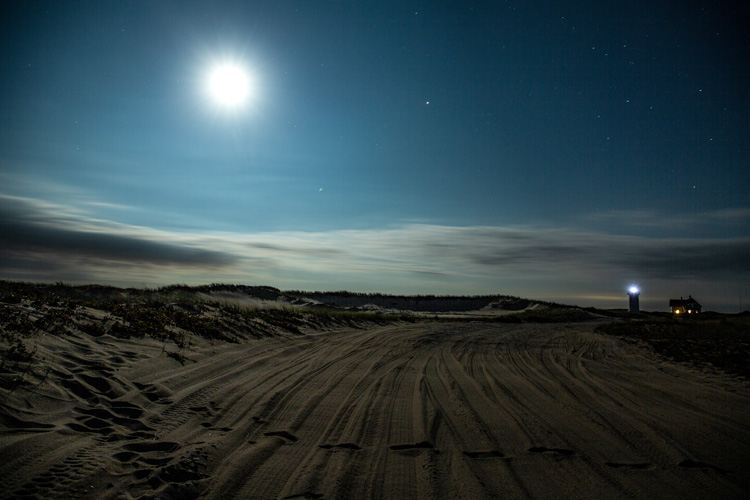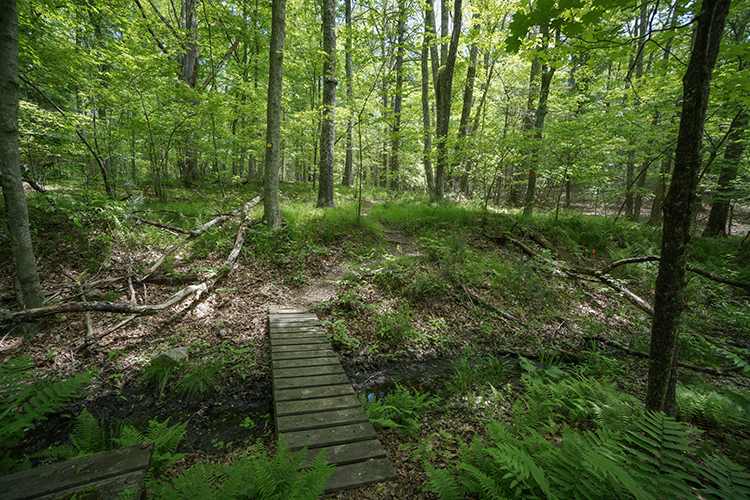
The climate crisis often evokes images of coal-burning power plants, oil rigs drilling for fossil fuels, and congested roadways filled with gas-guzzling vehicles.
But what about the land that surrounds us?
The Intergovernmental Panel on Climate Change (IPCC) has told us that we are in the fight of our lives to limit global warming to 1.5 degrees Celsius above pre-industrial levels. Land plays an important role in the climate system and is already under growing pressure from human impacts.
In their most recent special report, scientists describe how agriculture, deforestation, desertification and other human activities have altered 70% of the land on the Earth’s surface. Not only are these changes contributing to a warming climate, they are also reducing the ability of forests and other natural systems to store greenhouse gases that drive climate change.
And, to make matters worse, climate change exacerbates land degradation through increases in extreme weather, rainfall intensity, flooding, drought frequency and intensity, heat stress, wind, and sea-level rise. Science tells us these natural hazards will continue to impact our land, people’s health, and our economies.
The IPCC report calls out some key land use recommendations for policymakers to consider in the near term in order to maintain land productivity, increase food security, and reduce greenhouse gas emissions, including:
- Reduce deforestation and forest degradation
- Increase the use of sustainable farming techniques
- Decrease reliance on meat-based diets
- Strengthen indigenous land ownership rights
- Eliminate food waste
Most importantly, the report highlights that scientists, policymakers, and land managers know enough about these recommendations and their impact on our climate that the time to act and create meaningful change is now.
So, what can we do?
At Mass Audubon, our land conservation strategy is directly linked to climate change mitigation and adaptation. As the largest private land owner in Massachusetts with more than 38,000 acres protected, we know how critical land conservation and effective land management is in the age of climate change.
Our recent entry in the California Air Resources Board (CARB) carbon offset market ensures that 10,000 acres of forested land will be protected for the next 100 years, ensuring the carbon stored in this critical landscape remains there.
At our Drumlin Farm and Moose Hill wildlife sanctuaries, we practice community-based sustainable farming because of our deep commitment to the people, land, water, and air that enable our food system to thrive.
And, throughout our advocacy work at the state and local levels, we continue to advocate for the protection of forests, farmlands, and critical wildlife habitat.
You can be part of our land conservation efforts by protecting land in your community and supporting our efforts to address climate change through effective land protection, advocacy, education, and more. In your own life, you can reduce your carbon footprint by eating less meat, reducing your food waste, and supporting local, sustainable farmers when you shop.
A Wake-Up Call
This new report is yet another bold wake-up call that we must act now to address the consequences of climate change–many of which we are already seeing today and will only increase in severity in the coming decades.
But, we must also remember that this is not all doom and gloom. As conservationists and land managers, we know the solutions are deeply embedded within our work. It is on all of us to answer this call to action with even more tenacity and urgency than ever before.


